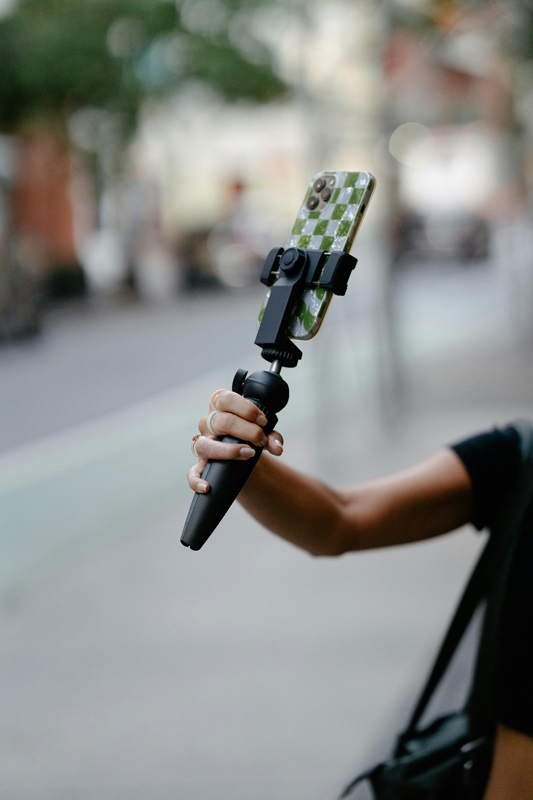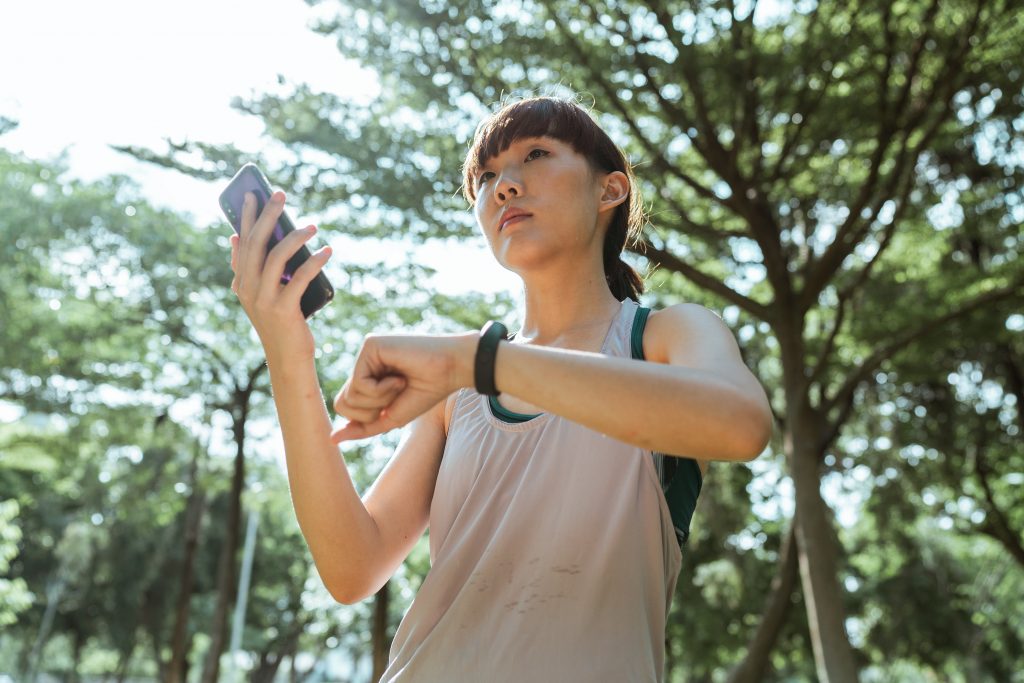The New York Marathon is one of the biggest and most iconic races in the world. Every November, thousands of runners take on the 26.2 miles through the city’s five boroughs, cheered on by roaring crowds and the buzz of race-day magic. But this year, something else stole the spotlight, the influencer wave.
Yes, really. Alongside the elites, charity runners and ballot entrants, a new start group appeared on the start line: social media creators. And as you can imagine, it got the running community talking.
Some reports suggested that certain influencers might have been part of the Mastercard “Priceless Start,” a premium VIP experience that costs around $1,750. It gives runners early access to the Verrazzano Bridge and an exclusive start area, but interestingly, that hefty price tag doesn’t even include your race bib. You still need to secure your entry through the usual lottery, charity, guaranteed (or gifted) place.
What is the influencer wave?
The ‘influencer wave’ seemed to be a start group made up of running influencers and content creators, many of whom work with big sports brands. The idea is simple: by starting them together, they can capture their content, GoPros, selfie sticks and all, without getting in the way of other runners.
In theory, it’s not a terrible idea. It keeps those filming for brand campaigns or social media posts in one place, rather than scattered throughout the race. Let’s be honest, there’s nothing more annoying than a runner cutting in front of you mid-race to film a video while you’re deep in the pain cave.
Still, while some runners saw the logic, others questioned whether influencers should have their own wave at all.
Why are they set off before the elites?
Here’s where it gets controversial. Reports suggest the wave started before some of the faster runners and even before certain elite groups.
Traditionally, marathon waves are based on predicted finish times. It’s not about status or sponsorship, but safety and flow. The goal is to prevent crowding and keep everyone moving at a similar pace.
So, when organisers set influencers off before faster or elite athletes, it naturally raises eyebrows. It blurs the line between competition and content creation, and for many, that doesn’t quite sit right.
Race organisers design waves to keep order and fairness. When they arrange start positions by follower count instead of finish time, it completely changes the dynamic.
The case for the influencer wave
To be fair, there are some positives to this idea.
Influencers have changed the landscape of running in a big way. Their posts, videos and race-day reels reach millions of people, inspiring new runners to sign up for events they might never have considered before. The more visibility the sport gets, the more inclusive and exciting it becomes.
Social media has made running more accessible. It’s not just about the pros anymore – it’s about everyday runners sharing their stories. And for sponsors and race organisers, having that kind of online exposure is gold.
The influencer wave makes it easier to manage all that filming safely, while giving brands the content they want. And if that helps more people discover the joy of running, that can only be a good thing.
The case against it
That said, it’s easy to see why some runners feel uneasy about it.
Marathon running thrives on grit, training, and the shared experience of pushing yourself to the limit. Many see it as a levelling ground, it doesn’t matter who you are, how many followers you have, or what brand you wear. You all start at the same line and earn the same medal.
So, when organisers give influencers priority start positions, it can feel like the sport is shifting from merit to marketing. Some argue it sends the wrong message, that visibility outweighs performance or experience.
There’s also been plenty of backlash around the perception that many influencers receive their race entries, travel and kit for free, while thousands of regular runners are out there fundraising and working hard to meet charity targets. For those who’ve spent months raising money and paying their own way, it’s easy to see why this new wave feels a bit unfair.
And for those racing hard for a personal best, the idea of dodging selfie sticks in the early miles can be frustrating.
Is there a middle ground?
Maybe the answer isn’t to scrap the influencer wave altogether, but to refine it.
If influencers are grouped together but set off in the right wave for their predicted time, it could work for everyone. They can film freely without disrupting the flow, and runners chasing times won’t have to weave around tripods at mile three.
Clear guidelines could also help, for example, limiting filming to certain sections, or reminding runners to stay aware of those around them. After all, the beauty of running lies in how inclusive it is. There’s space for both content creators and competitive runners to share the same start line, it just takes a bit of balance.
The bigger picture
Love it or hate it, the influencer wave is a sign of how much running has evolved.
Ten years ago, most of us might have snapped a blurry finish-line photo and called it a day. Now, marathons are live-streamed on TikTok, and post-race reels rack up millions of views. Social media has given runners a platform to tell their stories, celebrate milestones, and build communities.
The challenge for organisers is finding a way to embrace that without losing the heart of what makes running so special – the authenticity, the effort, and the equality of it all.
Where Do We Go From Here?
The New York Marathon influencer wave might have divided opinions, but it has sparked an important conversation about the future of running.
There’s room for both worlds, the creators who bring fresh energy to the sport and the athletes who remind us what dedication really looks like. As long as respect stays at the core, maybe we can all share the road.
But it does make you wonder, do we really need to be filming ourselves at all? Sometimes the best moments are the ones we experience, not the ones we record.


